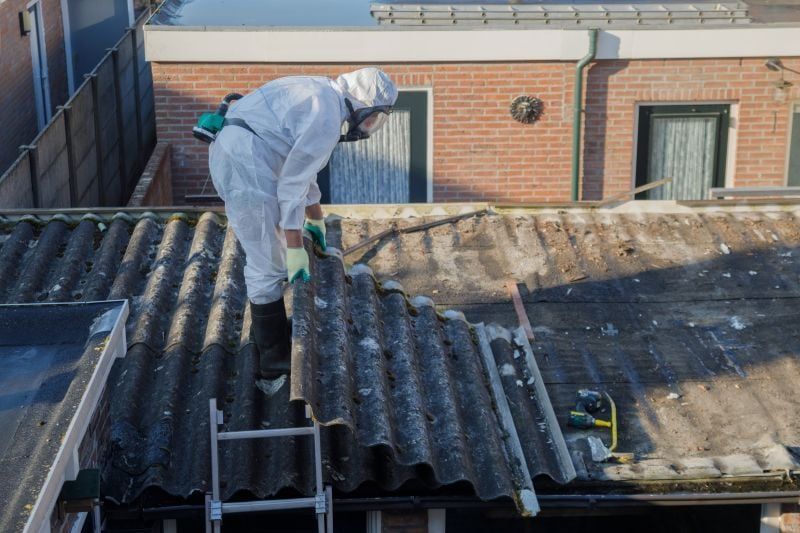
Introduction
Water is a precious resource, and conserving it is important for both environmental and practical reasons. When it comes to water damage, many people focus on indoor areas, but it’s equally important to consider the outdoors. Whether you have a garden, a lawn, or other outdoor spaces, there are several ways you can conserve water and prevent water damage. In this article, we will explore the concepts of water damage and sustainable gardening, and provide practical tips to help you conserve water in the outdoors.
Understanding Water Damage
Water damage refers to any damage caused by water intrusion, such as flooding, leaks, or excessive moisture. It can have devastating consequences on structures, furniture, and belongings. In addition to the financial costs of repairing or replacing damaged items, water damage can also lead to mold growth and health issues. By understanding the causes and effects of water damage, you can take proactive measures to prevent it.
The Causes of Water Damage
Water damage can be caused by various factors, including:
- Heavy rainfall and flooding
- Leaking pipes or plumbing issues
- Improperly sealed windows and doors
- Roof leaks
- Condensation and excessive humidity
By addressing these potential sources of water damage, you can minimize the risk of experiencing water-related problems.

The Effects of Water Damage
Water damage can have both immediate and long-term effects:
- Structural damage to buildings and infrastructure
- Deterioration of furniture, belongings, and surfaces
- Mold and mildew growth
- Health issues, such as respiratory problems and allergies
- Decreased property value
It’s crucial to take water damage seriously and implement preventive measures to protect your property.
Sustainable Gardening and Water Conservation
Sustainable gardening involves adopting practices that minimize harm to the environment and promote long-term ecological balance. One important aspect of sustainable gardening is water conservation. By using water efficiently and reducing wastage, you can create a beautiful and resilient garden while conserving this valuable resource.
Practical Tips for Water Conservation in the Outdoors
Here are some practical tips to help you conserve water in your outdoor spaces:
- Choose native plants that are well-adapted to your local climate and require less water.
- Group plants with similar water requirements together to avoid overwatering and underwatering.
- Apply mulch around plants to retain moisture and reduce evaporation.
- Install efficient irrigation systems, such as drip irrigation or smart controllers.
- Collect rainwater in barrels or tanks for later use in watering your garden.
- Regularly check for leaks in outdoor faucets, pipes, and sprinkler systems, and promptly repair them.
- Avoid watering during hot and windy periods when evaporation rates are high.
- Encourage natural pest control methods to avoid excessive use of water-intensive pesticides.
- Consider installing permeable paving or using gravel instead of water-intensive lawns in certain areas.
- Regularly monitor and adjust watering schedules based on weather conditions and plant needs.
Conclusion
Water damage prevention and sustainable gardening go hand in hand. By employing water conservation practices in your outdoor spaces, you not only reduce the risk of water damage but also contribute to a more sustainable and resilient environment. Remember to regularly assess your water usage, implement efficient irrigation systems, and choose native plants that require less water. Together, we can protect this precious resource and create a greener future.
